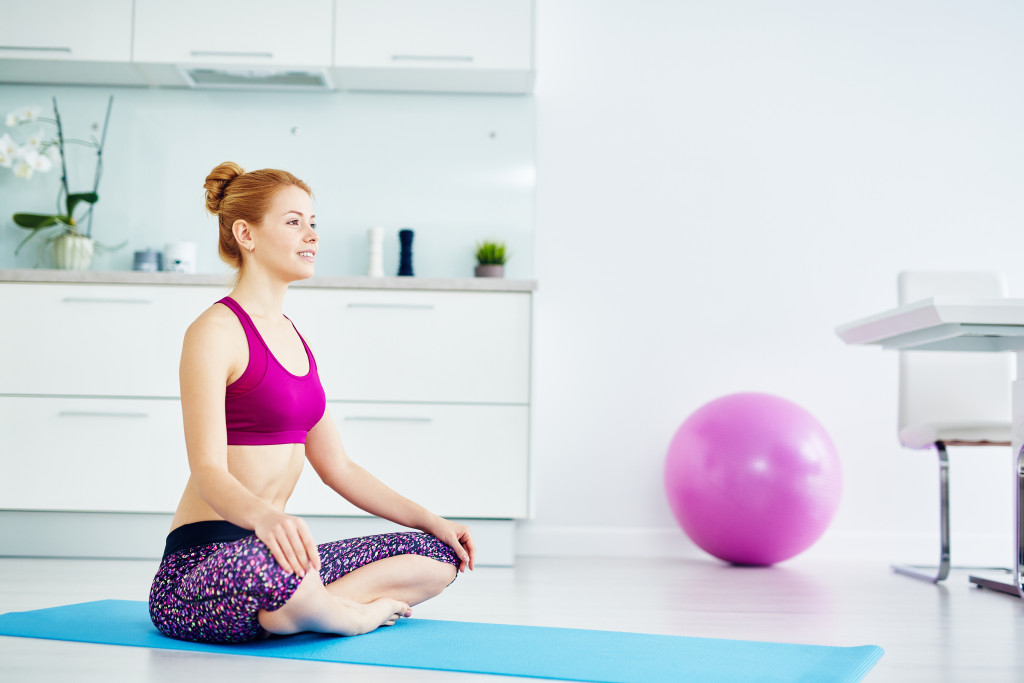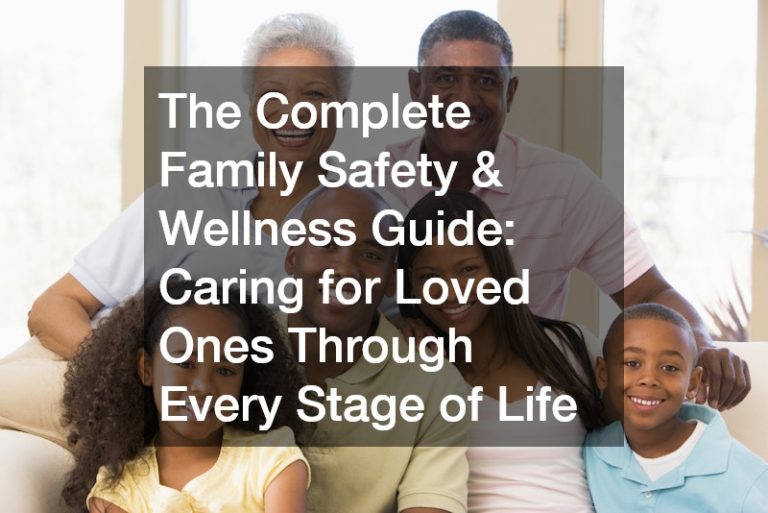No question, the contemporary lifestyle of today can be demanding. It can be challenging to find time for yourself between your job, family, and social commitments. But finding the time is essential. Relaxation can assist you in maintaining both your body and mind healthy and help you recover from daily stress. Fortunately, regardless of how busy you are, it’s easy to learn how to make time for relaxing and relaxing. You can have various treatments like acupuncture or even talk with a psychiatrist.
If you’re interested to know how you can calm down in stressful situations, read on.
Inhale and Exhale
Basic relaxation methods like deep breathing can help ease your anxious mind and body whenever and wherever you need it. Set yourself up in a comfortable and safe place, such as your sofa or the carpet in your home, and place your hand on the area just below your belly button. Slowly inhale for four counts, then slowly exhale for the same number of counts. As you inhale and exhale, notice how your stomach rises and falls. Continue until you feel peaceful, then repeat five more times.
Relieve Physical Tension
When we are under emotional stress, our bodies frequently get tense as well. To alleviate stress, you must release bodily tension. Do yoga on a mat or your mattress, whatever is most comfortable for you. Relax your muscles by first tightening one area of your body and then spreading the tightness across your whole body. It’s common for people to start with their face or feet and work their way around their body to the other end by using their muscles. Keep track of how your physical sensations change as a result of doing so.
Gather Your Thoughts and Create a List
By writing down your thoughts, you can remove them from your head and relax. A few minutes of fast note-taking can help calm your nerves when you’re feeling anxious. This can be done in a notepad or the notes app on your phone. Don’t worry about being poetic or using proper grammar and spelling. Simply expressing yourself can assist you in reducing your stress levels to a certain degree. Invest in a diary.
Imagine You’re in a Serene Place

“Find your happy spot,” as the saying goes. Assuming you’re safe and sound at home, think of a place on the globe where you’d feel most comfortable. Close your eyes and imagine all of the experiences you’ll have when you’re there, including the sights, sounds, smells, tastes, and tastes. For example, when you imagine going to the beach, you probably see calm waves, children laughing and giggling in the sand, sunscreen smell, ice cream taste, and the feel of gritty sand under your feet. Not only will this calm you down, but it will also engage your senses. You’ll be able to relax more quickly if you spend more time immersed in your vision. This is a good technique and can help you find your bearing when you seem to have lost your way.
Reestablish a Connection With Nature
Even if you spend a few minutes in nature when you feel nervous, you will feel better. In times of stress, take a short walk or rest in nature. Despite this, being outside isn’t necessary to get the benefits of meditation’s stress-relieving qualities. According to researchers, five minutes of staring at images of nature or greenery on a computer display have been shown to reduce stress. Even people who live and work in big cities far from the heart can now make use of nature’s calming effects thanks to technological advances. This is why people have to go places where they can be close to nature. It’s essential to reconnect with our natural surroundings because it’s also a form of meditation. It’s a reminder that helps us slow down and appreciate what is, instead of regretting what was or dreading what will be.
Meditate and Focus on the Present
The goal of mindfulness meditation is to focus your attention on the present moment. Consider, for example, paying close attention to your physical appearance. How deep are you breathing? Is it fast, moderate, or shallow? Does the sound of cars pass through your ears, or are you deafening silent? The objective is to observe what’s going on without trying to change anything. The practice of mindfulness, which is an ancient kind of meditation, involves being more aware of what is going on in the present moment. When it comes to meditation, mantras are the complete antithesis of mindfulness. One way to practice this method is to concentrate your attention only on one thing, such as a candle flame or a mantra.
When you meditate, you’re not supposed to process or accept the emotions that your thoughts bring with them. You’re supposed to let them come and go. In other words, you’re supposed to be an observer of your emotions. This way, you do not react both favorably or unfavorably. This is also why you calm down, and you start looking at your pains in different ways.
Children and adolescents need relaxation just as much as adults do. These activities can help kids unwind if you see they need it. Do these easy relaxation methods with your child to make it even better. Self-regulation and calming behaviors can be enhanced as a result of this.




